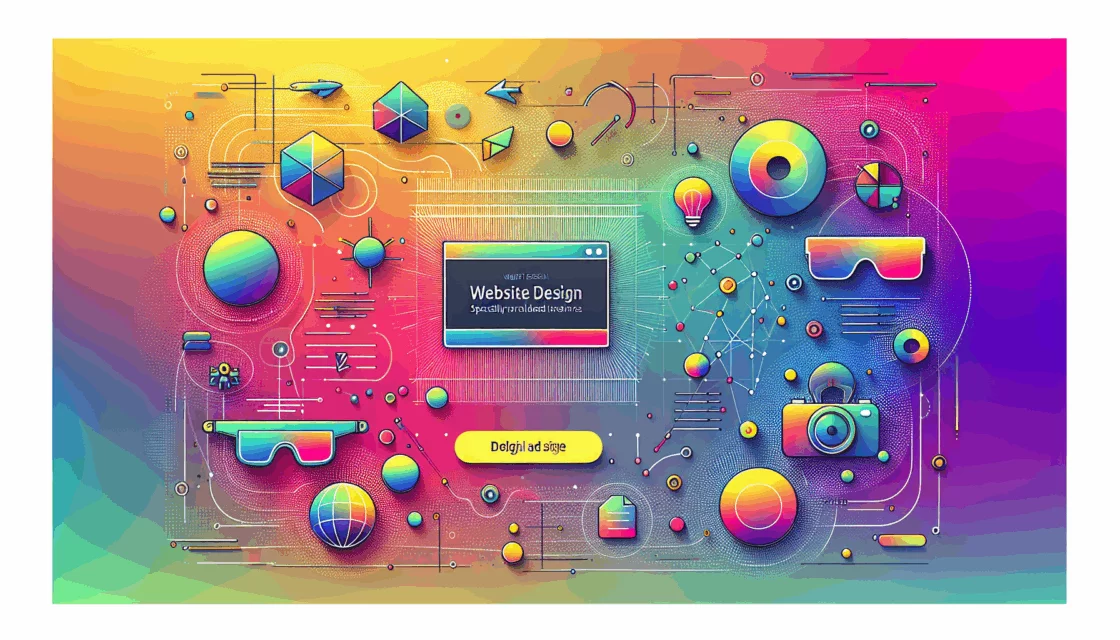
The importance of user feedback in iterative web design cannot be overstated, as it plays a crucial role in enhancing user experience, identifying issues, and innovating design systems. At Belov Digital Agency, we emphasize the significance of incorporating user insights into every stage of the design process to ensure that websites are both aesthetically pleasing and user-friendly. This approach not only improves usability but also drives innovation by revealing new possibilities and solutions that might otherwise go unnoticed.
Understanding User Feedback
User feedback is essential for several reasons. It provides real-world insights into how users interact with your website, helping designers understand what works and what doesn’t. This feedback can be collected through various methods, including surveys, user testing, and comments. For instance, tools like Usersnap can facilitate the collection and management of user feedback, making it easier to identify pain points and areas for improvement.
Enhancing User Experience
User experience (UX) is a critical factor in the success of any website. User feedback helps identify navigation issues, design flaws, or technical glitches that could hinder a seamless experience. By addressing these concerns, you can create a website that users find intuitive and enjoyable to navigate. For instance, improving page loading times or simplifying complex workflows can significantly boost user satisfaction and engagement, which is also beneficial for search engine optimization (SEO) as it reduces bounce rates and increases dwell time, as discussed on UXtweak.
Bug Identification and Resolution
Users often encounter technical issues while browsing a website. Feedback from users can be invaluable in identifying these issues promptly, allowing your development team to rectify them before they affect more visitors. This proactive approach saves time and resources by addressing problems early on, reducing the need for costly redesigns later in the process. Hosting services like Kinsta, known for their reliable server performance and support, can also play a crucial role in minimizing technical glitches.
Content Improvement
Your website’s content reflects your brand’s message and expertise. User feedback can indicate whether your content is informative, engaging, and relevant. This input can be used to fine-tune your content strategy to meet the needs of your audience better. For example, if users find certain articles or sections confusing, you can simplify the language or provide additional resources to enhance clarity. Utilizing user feedback in this way can improve user satisfaction and increase the likelihood of users sharing your content.
Design Iteration and Innovation
User feedback is vital for driving design iteration and innovation. It helps designers understand real user needs and preferences, which can lead to more intuitive and user-friendly interfaces. By gathering feedback throughout the design process, designers can identify and address usability issues early on, reducing the risk of costly redesigns after launch. This approach not only enhances user satisfaction but also builds trust by demonstrating that user opinions are valued and acted upon.
Improving Usability
Usability is a key aspect of any design system. Feedback can pinpoint issues such as hard-to-find buttons or confusing features, allowing designers to make necessary improvements. For instance, user testing conducted with tools like TryMyUI can reveal usability problems that designers might have overlooked. By addressing these issues, designers can create more seamless interactions and enhance overall user experience, as highlighted by Ziflow.
Driving Innovation
User feedback can often lead to new ideas and innovations. Users might suggest features or improvements that designers hadn’t thought of. This can lead to more creative and innovative design solutions that enhance the product’s value proposition. By integrating user feedback into the design process, businesses can stay ahead of competitors by continually refining and improving their offerings based on real user needs.
Practical Strategies for Collecting User Feedback
To effectively collect and utilize user feedback, several strategies can be employed:
- Conduct User Testing: Tools like UXmatters often highlight the importance of user testing for gaining first-hand insights into user behavior and preferences.
- Use Feedback Tools: Platforms such as Usersnap and UXtweak allow you to easily collect and manage user feedback, making it simpler to identify areas for improvement.
- Implement Surveys: Surveys can be used to gather both quantitative and qualitative data about user experiences and preferences. Websites like SurveyMonkey offer versatile tools for creating and distributing surveys.
Conclusion and Future Steps
In conclusion, user feedback is indispensable in iterative web design as it informs design decisions, improves usability, and drives innovation. By effectively integrating user insights into the design process, businesses can enhance user satisfaction, build trust, and create products that meet real user needs. If you’re looking to leverage user feedback to enhance your website’s user experience, we invite you to get in touch with us to explore how Belov Digital Agency can support your project.













